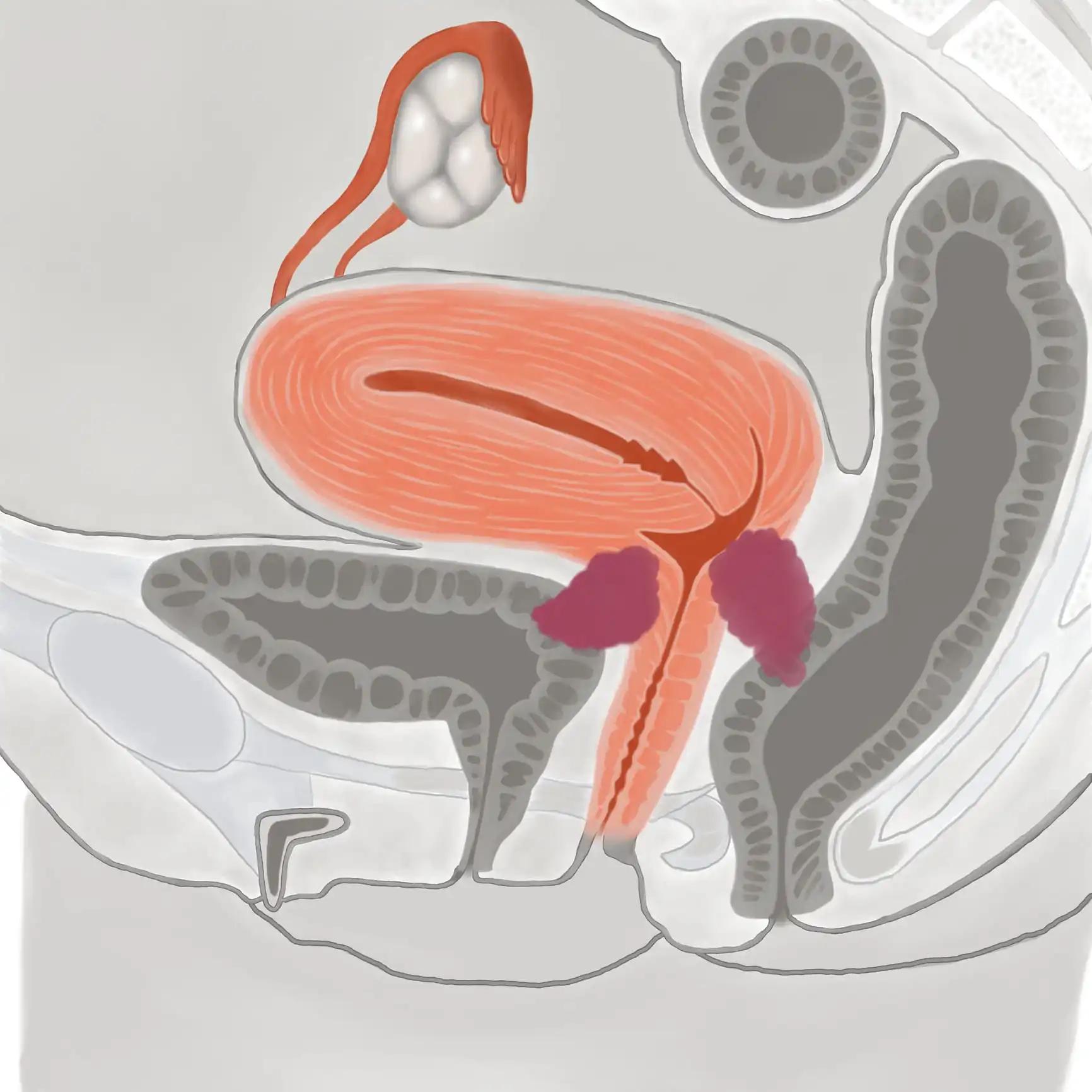KEY TAKEAWAYS
- The Phase III SOLO-3 trial was a 2-arm study into the efficacy of orally administered Olaparib compared to single agent chemotherapy of physician’s choice.
- The trial aimed to compare olaparib to nonplatinum chemotherapy in patients with germline BRCA1/2 mutations and PSROC who had received two or fewer previous lines of chemotherapy.
- The trial’s primary outcome measure was the ORR using BICR. The secondary outcome measures included PFS, PFS2, OS, and AEs.
- The median OS with olaparib was 2 months more than that of the TPC in the full analysis group.
- Olaparib may benefit gBRCAm PSROC patients after 2 chemotherapy lines; negative effects possible after 3 lines
In the SOLO-3 Phase III trial, patients with germline BRCA1 and/or BRCA2 mutations (gBRCAm) platinum-sensitive relapsed ovarian cancer (PSROC) with fewer than two prior lines of platinum-based chemotherapy (2 lines) were enrolled. Olaparib treatment was compared to single-agent nonplatinum chemotherapy treatment of physician’s choice (TPC).
The median overall survival (OS) with olaparib was 34.9 months compared to 32.9 months with TPC in the full analysis group (HR 1.07; 95% CI 0.76 to 1.49). The OS results were based on the number of previous chemotherapy lines. Patients were randomized (2:1) to receive TPC or olaparib (300 mg bid). The TPC consisted of options of paclitaxel [P], topotecan [T], gemcitabine [G], or pegylated liposomal doxorubicin [PLD].
At roughly 60% data maturity, the predetermined final study of OS (secondary endpoint) was carried out. The OS in patients who had received two or three prior lines of chemotherapy was assessed.
178 patients received olaparib; 88 received TPC [PLD, n=47; P, n=20; G, n=13; T, n=8]; a total of 266 patients were randomized. Patients who had received two or more previous lines of chemotherapy had HRs for OS at a final DCO of 0.83 (95% CI 0.51–1.38) and 1.33 (95% CI 0.84–2.18), respectively.
In this study, no new safety indicators emerged. The adverse events were consistent with olaparib’s known safety profile and earlier SOLO3 analyses. The study proved that patients with gBRCAm PSROC who have received two lines of chemotherapy might benefit from olaparib treatment over TPC, while those who have received three or fewer lines of chemotherapy may suffer negative effects.
Source: https://igcs2022.com/wp-content/uploads/sites/177/2022/09/IGCS22-Abstract-E-Book-Late-Breaking.pdf
Clinical Trial: https://clinicaltrials.gov/ct2/show/NCT02282020
Iii C.L., Scambia G., Villalobos R., Colombo N., Cibula D., Bidziński M., Kim J.W., Nam J.H., Mądry R., Hernandez C., Mora P., Ryu S.Y., Ah-See M.L., Lowe E.S., Lukashchuk N., Carter D., Penson R.T. (2022) OVERALL SURVIVAL BY NUMBER OF PRIOR LINES OF CHEMOTHERAPY IN PATIENTS WITH BRCA-MUTATED PLATINUM-SENSITIVE RELAPSED OVARIAN CANCER RECEIVING OLAPARIB TREATMENT OR NON-PLATINUM CHEMOTHERAPY IN SOLO3. (n.d.). IGCS 2022 Abstracts: Late-Breaking Oral Abstract Presentations. https://igcs2022.com/wp-content/uploads/sites/177/2022/09/IGCS22-Abstract-E-Book-Late-Breaking.pdf



